SUMMARY
This is AI generated summarization, which may have errors. For context, always refer to the full article.
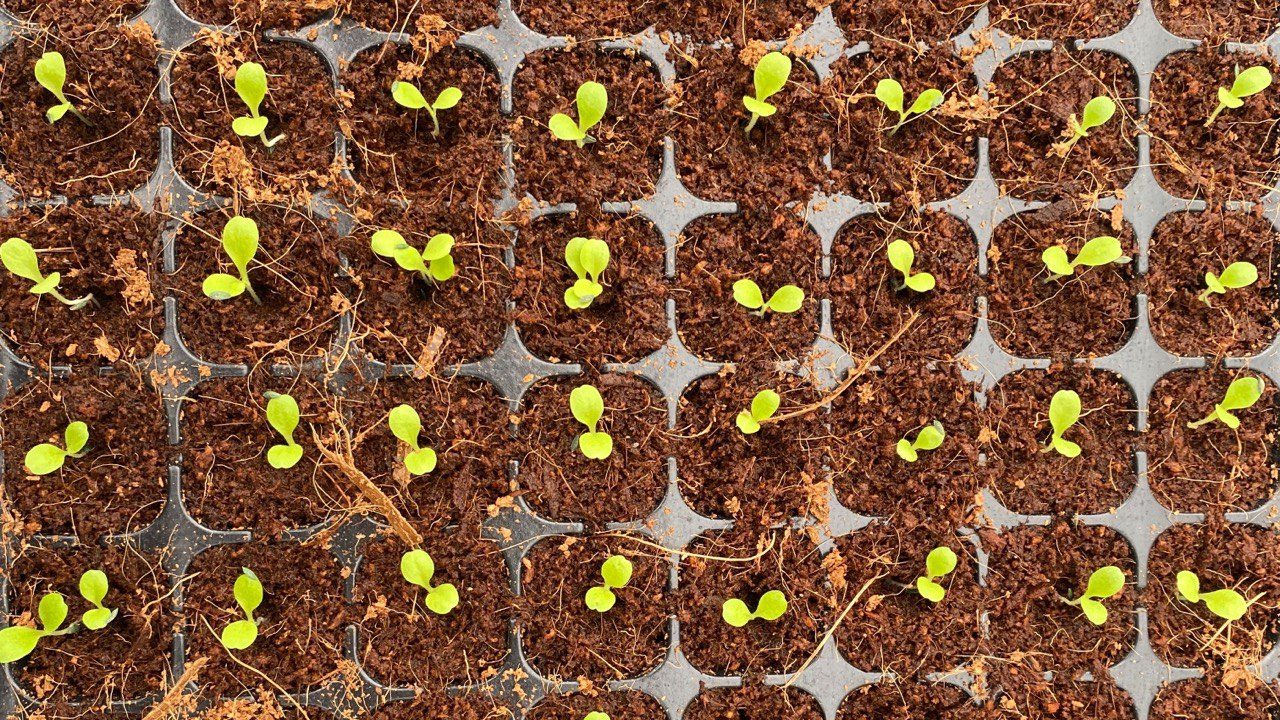
MANILA, Philippines – On a 26-story building’s rooftop, racks of different varieties of lettuce thrive on nutrient-rich water.
The farm at the roof deck of the Robinsons Cyberscape Alpha overlooks the skyline of Ortigas Center. It is a product of the property developer’s partnership with retail brand FarmTop that introduces hydroponic farming in the metro.
Hydroponic farming is a technique that grows plants in water, not soil. The method has been gaining momentum because it is supposed to be more environment-friendly. This technique uses less water, can be done in pockets of sprawling urban spaces, and brings food closer to densely populated cities.
Forty-year-old Elena Ebron mans the sky farm with two other urban farmers trained by FarmTop. Ebron hails from Quezon province, known for its coconut produce.
She works from 7 am to 4 pm six days a week and gets paid the minimum wage in the agriculture sector.
Their farming process at the roof deck takes a little over a month from planting to harvest. Seedlings of greens stay in pods of rock wool or coconut husks for 15 days. After that, they are transferred to racks where they stay for another 30 days before harvest. The setup could produce a ton of leafy greens per month.
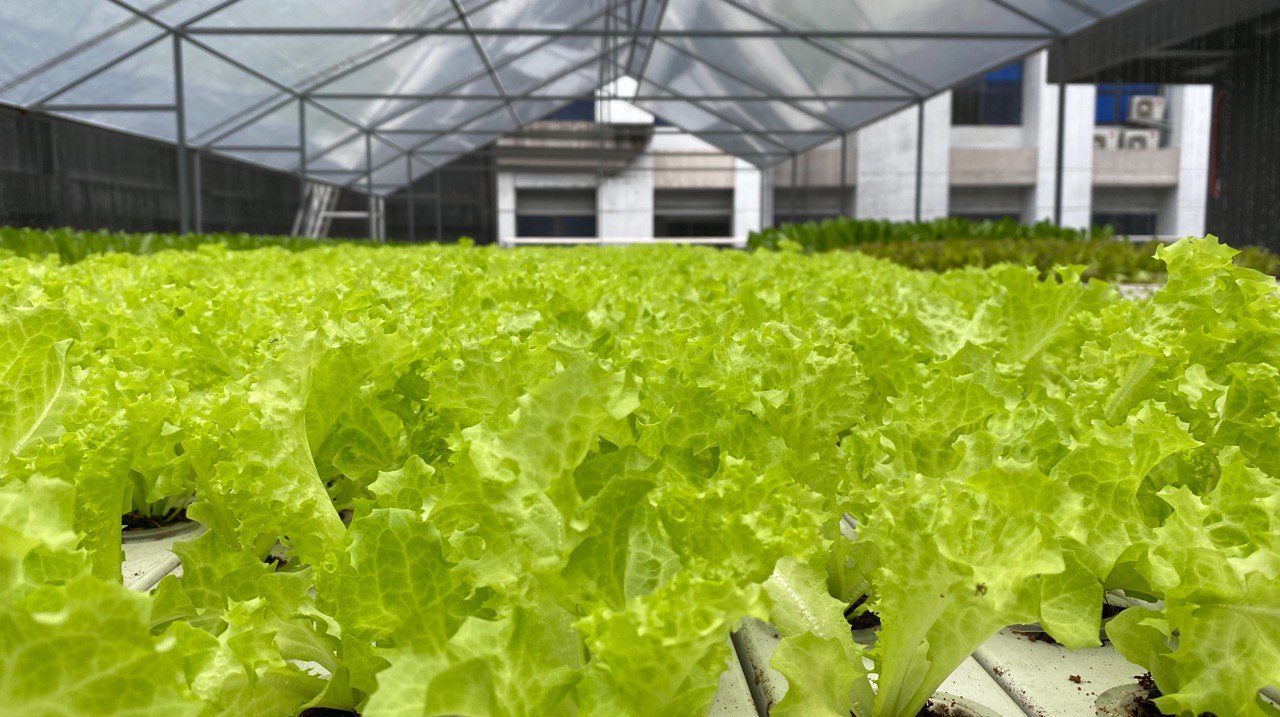
Nine drums of water mixed with magnesium and calcium provide nutrients for the plants. Their survival relies on those nutrients, as well as on the sunlight abundant at the rooftop and the cold weather the amihan season currently brings.
Once ready for harvest, Ebron and her fellow urban farmers will put the vegetables in plastic containers to be delivered to partner establishments in the food and retail industry.
Ebron said she liked it that the farm is tidy, and a visitor who wants to taste the produce ready for harvest can eat the crop directly from the pod.
“Productive siya ‘pag ‘yung pinagtaniman [ay] malinis,” she told Rappler. (The farm is productive when it is clean.)
Effective sanitation keeps a farm free from pests and diseases.
She noted that the farm is always sealed to prevent contamination. The roof uses double-shading nets to regulate temperature while giving proper ventilation to the plants.
Observation on possible cases of contamination is still ongoing, said Ebron. But so far, since the farm’s launch in early October, there haven’t been any problems. Hydroponic farming is known to be susceptible to water-borne diseases.
The crops were a healthy green. The lettuce that has been in the rack for 10 days is crunchy and tastes slightly sweet.
Meanwhile, the romaine lettuce ready for harvest is supple and has a mild bitter taste.
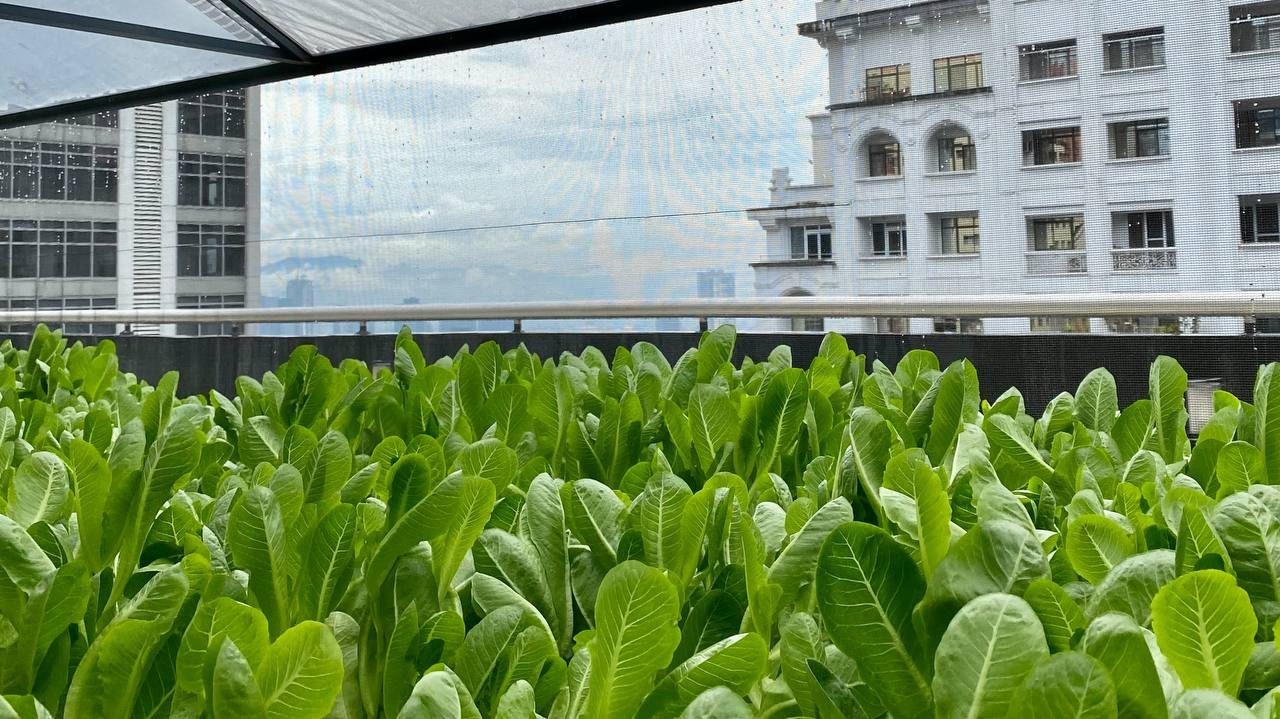
Ebron finds joy in the maintenance of the urban farm setup which, she said, requires giving “love and care to the plants.” She started training with FarmTop in July this year. Before that, she was working odd jobs to support her two children.
The hydroponics method offers an alternative to agricultural practices in the country, especially in light of a Department of Agriculture’s (DA) report earlier this year that 82% of Philippine farm lands have low to medium soil fertility.
The DA attributed the decline in soil health to unsustainable agricultural practices and overreliance on synthetic fertilizers.
Aside from fertility issues, access to land has been a systemic problem in the industry for decades, barring entry of more private investments or scaling up initiatives of small farmers.
Shorter trip from farm to table
That the sky farm is in one of the metropolis’ central business districts is an advantage over farms that deliver from the countryside.
Proximity to establishments reduces transportation costs and avoids possible spoilage of undelivered or surplus produce.
“The closer the farm is, the more efficient it is for everyone,” Elton John Peralta, head of special projects at Robinsons Offices, told Rappler.
In the Philippines, the problems in food transport include insufficient vehicles, bad roads, high toll rates and fuel prices.
Globally, however, there is a different problem. The trip from farm to table is a major factor in carbon emissions. A 2022 study published in science journal Nature Food found that transportation contributes 19% of greenhouse gas emissions released by the global food system.
Cutting short the trip means cutting down on emissions. For Danny Dy, president of FarmTop, a shorter trip also means less reliance on fossil fuels.
Dy imagines a hypothetical city that has easy access to fresh greens and a delivery system reliant on active transport. The goal, he said, is to have enough farms all over the metro “so our greens would not go beyond the 5-kilometer radius.”
“There’s a world where we can deliver our goods by electric bike or by pedalled bike,” Dy told Rappler in a phone interview.
For Dy, this is an advocacy more than a business, especially in light of high prices of some agricultural commodities and an imminent food crisis. Partnerships with huge developers like the Gokongwei-led Robinsons Offices, Dy said, “lends a voice to the advocacy itself.”
Robinsons Offices has 31 properties for lease across the country. Right now, they are looking at five rooftops to turn into sky farms in the immediate future: at the Cyberspace Beta also in Ortigas Center and at the Zeta Tower in Bridgetowne, Quezon City – Rappler.com
Add a comment
How does this make you feel?
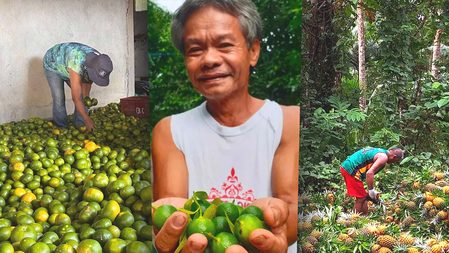
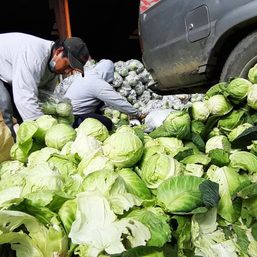
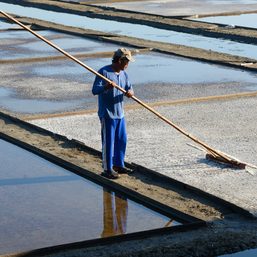
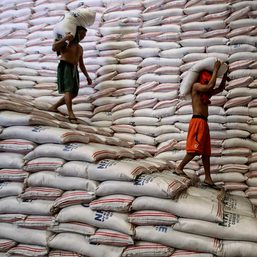
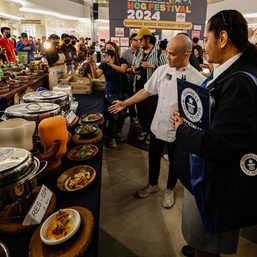

There are no comments yet. Add your comment to start the conversation.